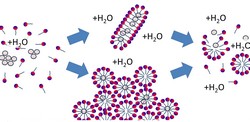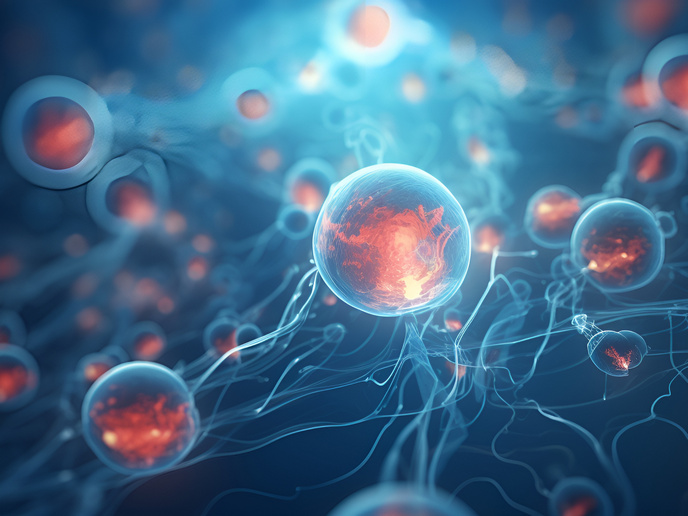Self-assembled complexes for drug transport
The FUMASSY (Functional materials through surfactant self-assembly) project applied computer modelling and theory to engineer molecular systems for drug delivery, biosensing and functional membranes. The systems were based on surfactant molecules that have hydrophobic and hydrophilic parts and polymers. Researchers characterised micelles and polymers as drug carriers. They also looked at amphiphile interactions with strongly hydrophobic carbon nanotubes and graphene in aqueous environments. Possessing both water-loving and lipid-loving characteristics, the resulting micelle and bilayer structures interact with water depending on their molecular make-up. Efficient delivery and release of therapeutic molecules involves precise engineering of the vehicle. The result should be targeted delivery and timely release with minimal or no toxicity. Molecular therapy with nucleic acids that can affect protein targets and production was one particular focus. FUMASSY looked at carrier structure and dynamics, as well as specific, microscopic packing and release mechanisms for nucleic acid transport. Investigating amphiphile reactions with carbon nanotubes, the scientists resolved molecular curvature related guidelines for engineering carbon nanotube dispersion and adsorption barriers. Again, the work enables control over materials' properties and function. All areas investigated by FUMASSY are involved in cutting edge technologies with the potential to bring about massive improvements in health and biochemical analytics. Advances in therapeutic nucleic acids for example could bring us closer to realising personalised therapies for cancers and viral diseases.







